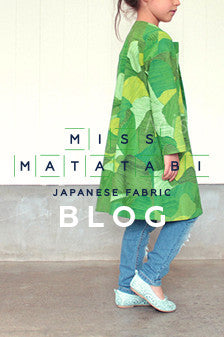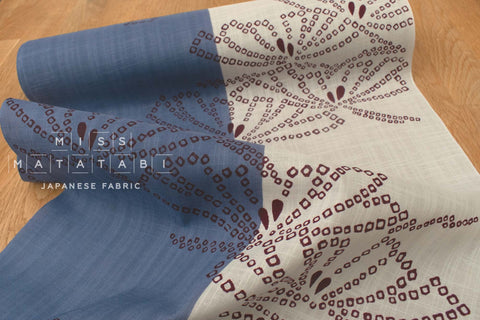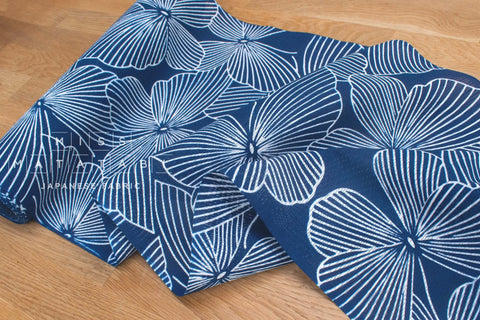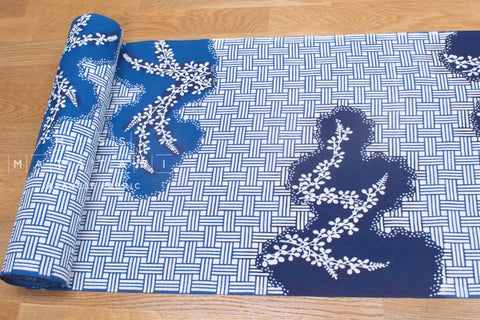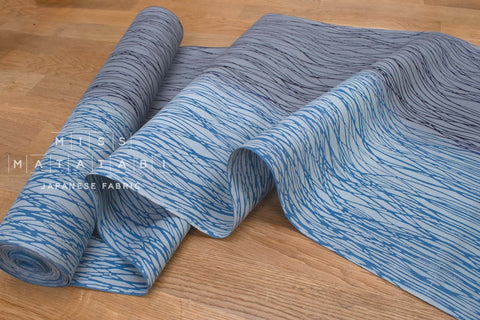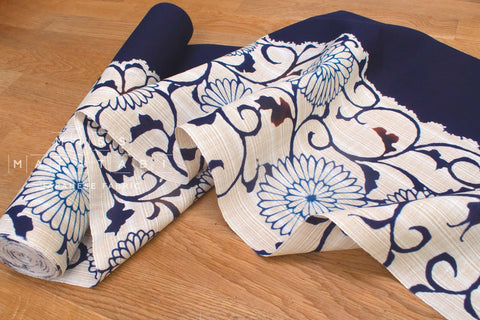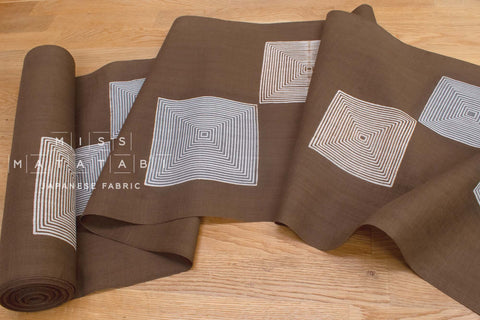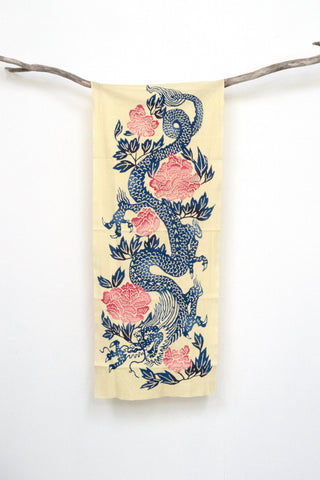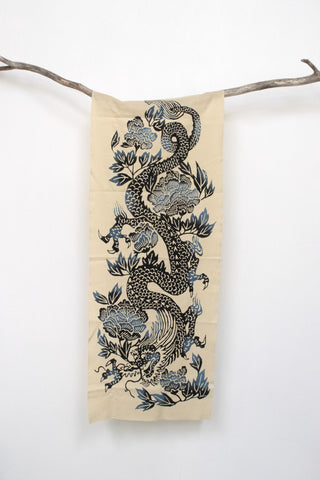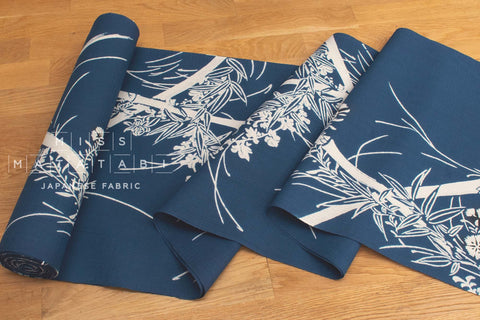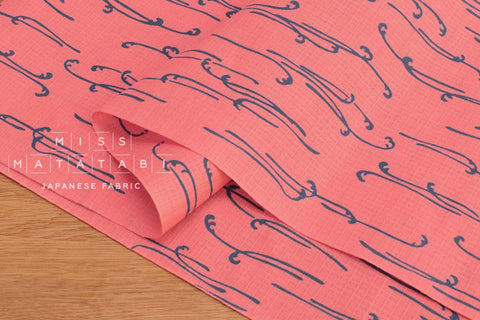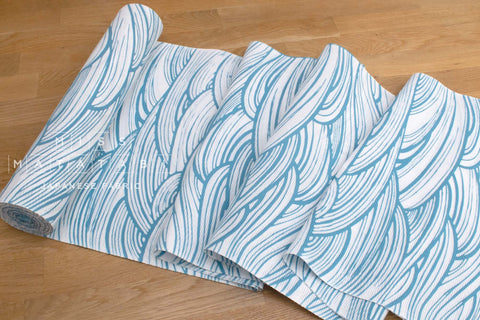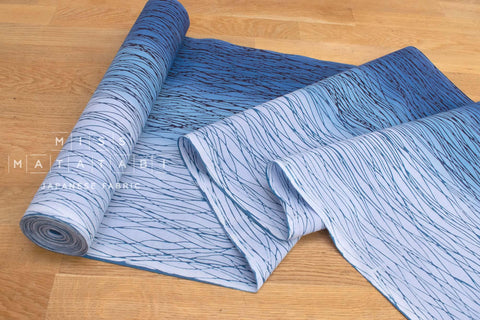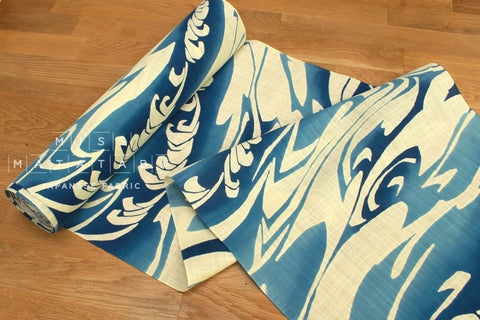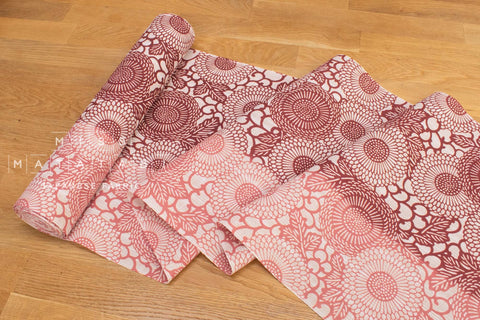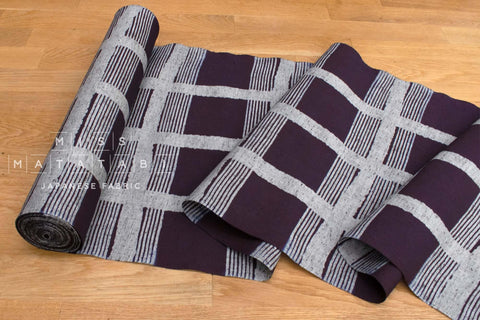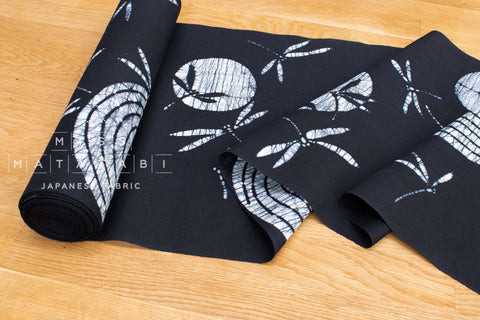Chusen: Traditional Japanese Textile Dyeing Technique
Chusen, a traditional Japanese textile dyeing technique, involves creating intricate patterns on fabric through a combination of resist dyeing methods, folding, and color application.
Chusen artisans first create a paper stencil known as "katagami," which is used to apply a resist paste onto the fabric. The fabric is then meticulously folded and layered while applying the resist paste. This paste prevents the dye from permeating certain areas, resulting in intricate and repeating patterns.


The fabric is then immersed in a dye bath, allowing the dye to penetrate the exposed areas. The combination of resist paste and careful dyeing results in beautiful and colorful designs on the fabric.


Chusen is particularly known for its use in creating vibrant and lively patterns on items such as yukata (summer kimono), tenugui (hand towels), and other textiles. The technique's history spans generations, and it continues to be cherished for its handcrafted nature, producing unique and visually appealing textiles.


The Chusen process involves multiple steps, from stencil creation to dye application, each requiring specialized skills and attention to detail. The final products exhibit a harmonious blend of traditional artistry and creative expression, making Chusen an integral part of Japan's rich textile heritage.


Hand-printed Chusen
Chusen: Traditional Japanese Textile Dyeing Technique
Chusen, a traditional Japanese textile dyeing technique, involves creating intricate patterns on fabric through a combination of resist dyeing methods, folding, and color application.
Chusen artisans first create a paper stencil known as "katagami," which is used to apply a resist paste onto the fabric. The fabric is then meticulously folded and layered while applying the resist paste. This paste prevents the dye from permeating certain areas, resulting in intricate and repeating patterns.


The fabric is then immersed in a dye bath, allowing the dye to penetrate the exposed areas. The combination of resist paste and careful dyeing results in beautiful and colorful designs on the fabric.


Chusen is particularly known for its use in creating vibrant and lively patterns on items such as yukata (summer kimono), tenugui (hand towels), and other textiles. The technique's history spans generations, and it continues to be cherished for its handcrafted nature, producing unique and visually appealing textiles.


The Chusen process involves multiple steps, from stencil creation to dye application, each requiring specialized skills and attention to detail. The final products exhibit a harmonious blend of traditional artistry and creative expression, making Chusen an integral part of Japan's rich textile heritage.









